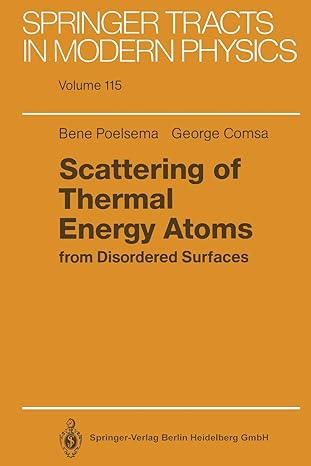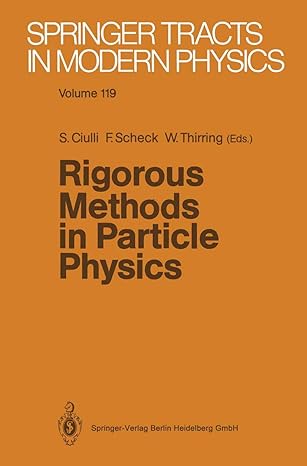Go back


Scattering Of Thermal Energy Atoms From Disordered Surfaces Volume 115(1st Edition)
Authors:
Bene Poelsema ,George Comsa

Cover Type:Hardcover
Condition:Used
In Stock
Shipment time
Expected shipping within 2 DaysPopular items with books
Access to 30 Million+ solutions
Free ✝
Ask 50 Questions from expert
AI-Powered Answers
✝ 7 days-trial
Total Price:
$0
List Price: $54.99
Savings: $54.99(100%)
Solution Manual Includes
Access to 30 Million+ solutions
Ask 50 Questions from expert
AI-Powered Answers
24/7 Tutor Help
Detailed solutions for Scattering Of Thermal Energy Atoms From Disordered Surfaces Volume 115
Price:
$9.99
/month
Book details
ISBN: 3662150913, 978-3662150917
Book publisher: Springer
Get your hands on the best-selling book Scattering Of Thermal Energy Atoms From Disordered Surfaces Volume 115 1st Edition for free. Feed your curiosity and let your imagination soar with the best stories coming out to you without hefty price tags. Browse SolutionInn to discover a treasure trove of fiction and non-fiction books where every page leads the reader to an undiscovered world. Start your literary adventure right away and also enjoy free shipping of these complimentary books to your door.
Book Summary: A variety of novel applications for the investigation of disordered surfaces by beams of thermal energy atoms are discussed and illustrated by numerous examples. A straightforward semiclassical approach is introduced to yield a remarkably detailed insight into the lateral distributions of diffuse scatterers such as adsorbates, vacancies and atomic steps. The recent discovery that the long range Van der Waals force is the cause of the unusually large cross-sections for diffuse He-scattering on individual defects and impurities led the authors to propose a new methods of surface analysis. They introduce a semiclassical method, the overlap approach, to give a simple and detailed description of He-scattering from disordered surfaces. The method yields subtle, otherwise hardly obtainable information on the nature of interactions between diffuse scatterers. The authors address such questions as the lateral distribution of adsorbates, two-dimensional phase transitions, surface diffusions, and the morphology of growing or sputtered layers.
Customers also bought these books
Frequently Bought Together
Top Reviews for Books
Vincent Ip
( 5 )
"Delivery was considerably fast, and the book I received was in a good condition."










